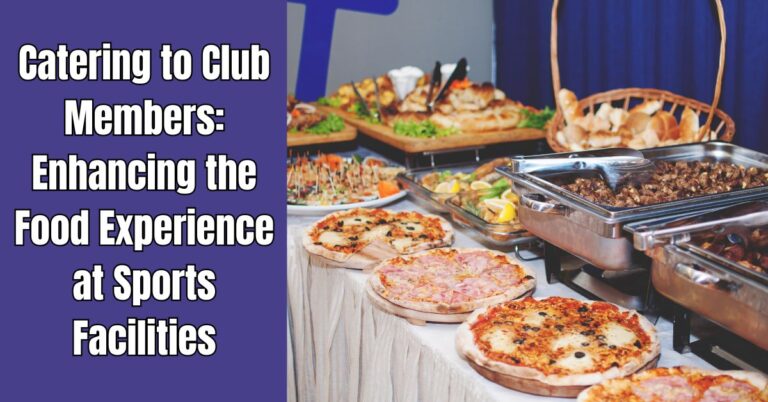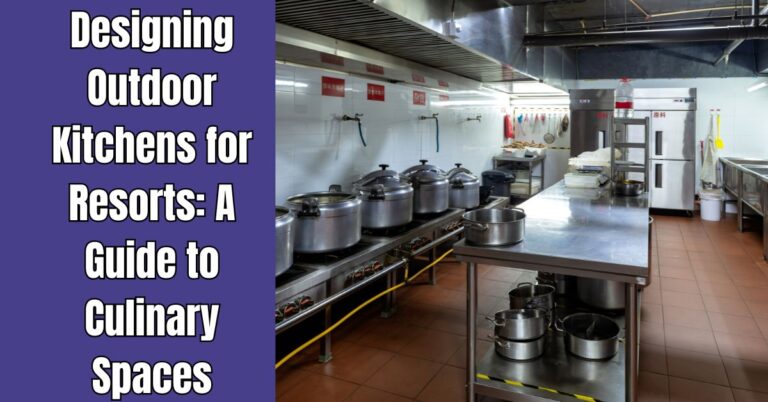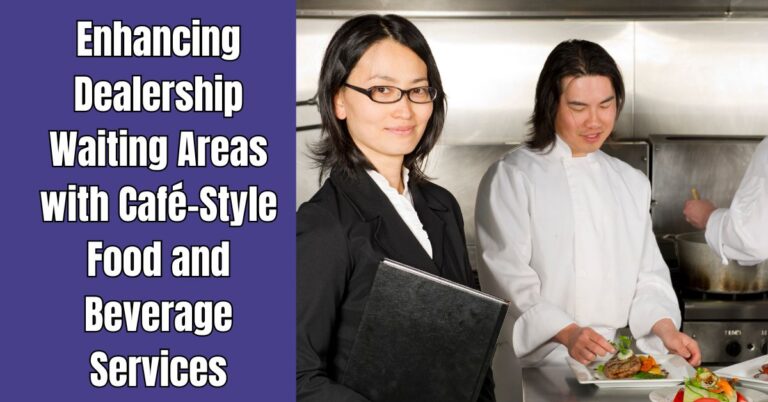Enhancing the Food Experience at Sports Facilities
Sports clubs are not just about athletics and fitness; they are community hubs where members socialize, relax, and enjoy themselves. An often-overlooked aspect of sports clubs is the dining experience, which plays a critical role in member satisfaction. Offering high-quality food services can increase profit and improve the overall club atmosphere. Here, we explore how …










